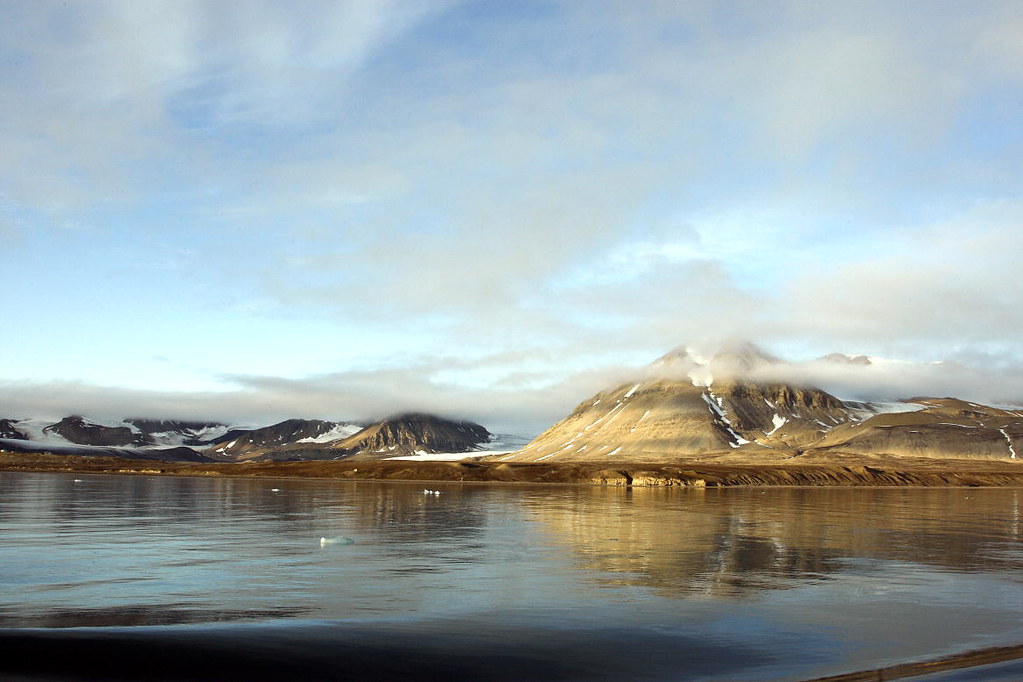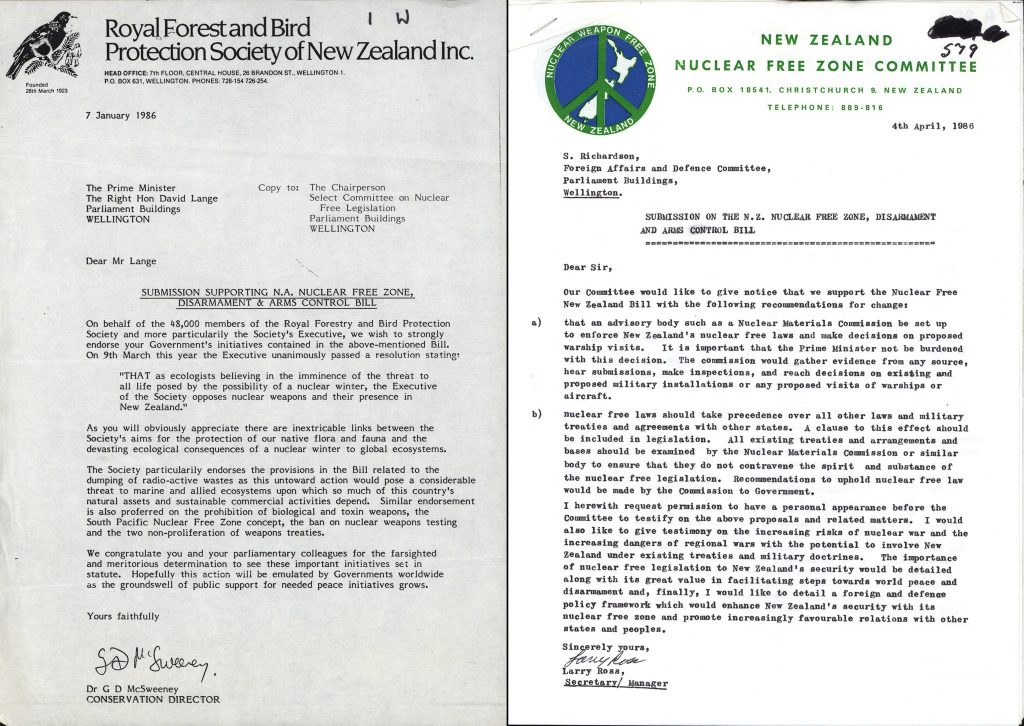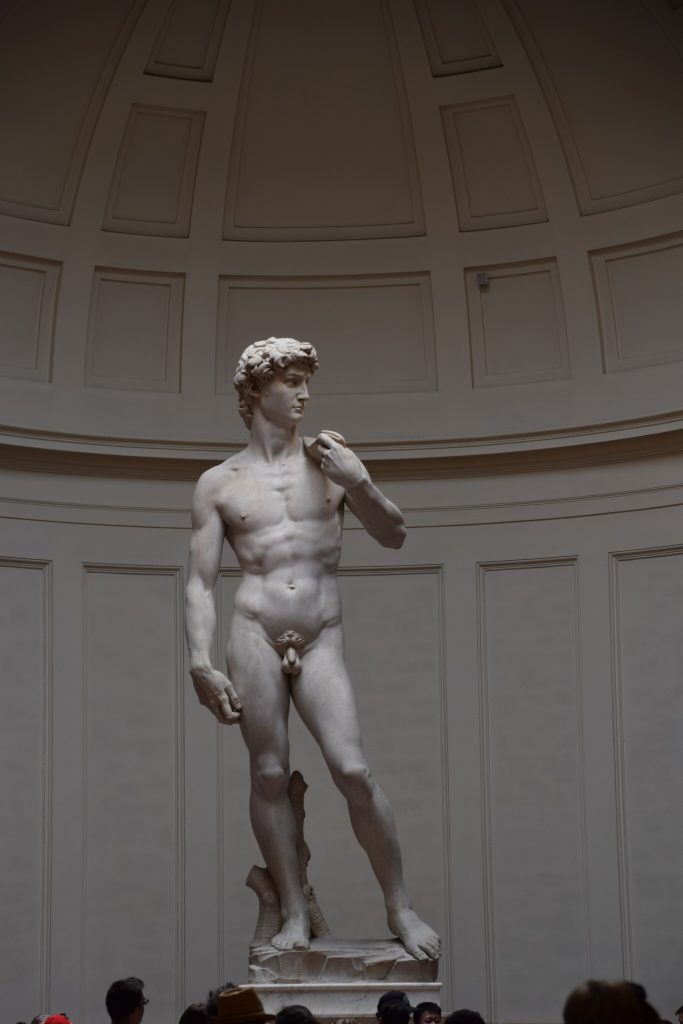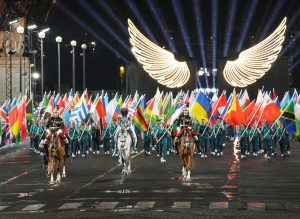A closer look at key historic events that took place on June 8:
In 2009, the UN hosts its first World Oceans Day
World Oceans Day is dedicated to raising awareness about the critical role of oceans in our environment and encouraging sustainable practices to protect marine life. This annual event highlights the importance of oceans in regulating the climate, providing food, and supporting biodiversity. Since its inception, it has inspired global participation through various activities like beach clean-ups, educational programs, and policy discussions aimed at ocean conservation.

The UN observes World Oceans Day (8 June) to raise awareness on the threats facing the world’s oceans: climate change, pollution and shrinking biodiversity among them. View of the area around Ny-Ålesund, located on Svalbard, an archipelago in the Arctic Ocean north of mainland Europe. 2/Sep/2009. Ny-Ålesund, Norway. UN Photo/Mark Garten. Flickr
In 1987, New Zealand becomes a nuclear-free zone
In 1972, the “napalm girl” photo is taken
The photo was taken during the Vietnam War by photographer Nick Ut and shows a young girl, Phan Thi Kim Phuc, running naked down a road after being severely burned by napalm. This harrowing image brought global attention to the horrors of the Vietnam War and played a significant role in shifting public opinion against the conflict. Nick Ut won the Pulitzer Prize for this powerful and historic photograph.
In 1949, George Orwell publishes Nineteen Eighty-Four
The book depicts a totalitarian society under constant surveillance, where independent thought is suppressed, and history is manipulated. It introduced terms like “Big Brother” and “Orwellian” into the lexicon, profoundly influencing discussions about privacy, freedom, and government overreach.
Michelangelo began sculpting his famous statue in 1501 and it was installed in the Piazza della Signoria in Florence on June 8, 1504. This masterpiece of Renaissance sculpture symbolizes the biblical hero David and represents the defense of civil liberties embodied in the Republic of Florence, with the eyes of David turned towards Rome.







